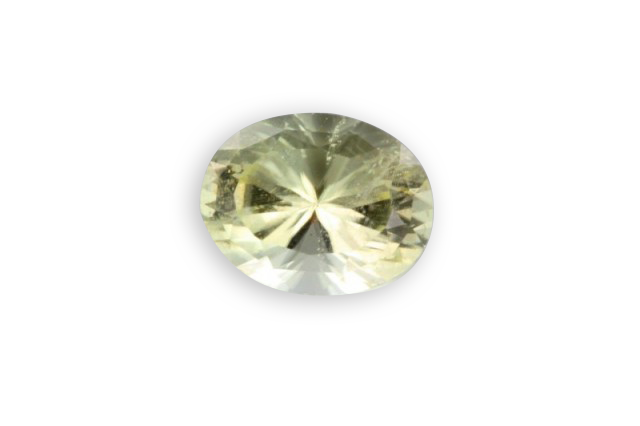
good
Je vous emmène à travers mes vidéos découvrir mon expérience acquise depuis plus de 30 ans a silloner le globe entier à la recherche de pierres précieuses, de rencontre mémorables mais aussi de difficulté parfois …
actualités
Categories

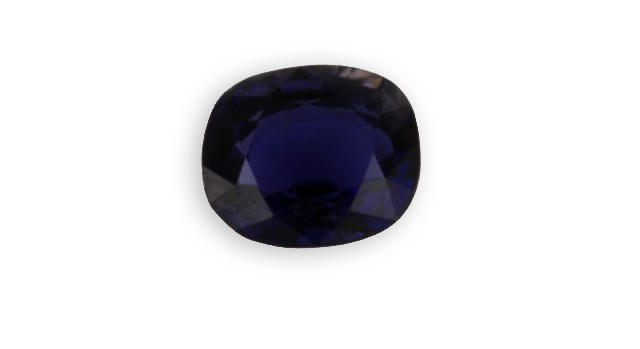
iolite
It was also known as “dichroïte” (because of its strong dichroism) or “iolite” (because of its purple color), the anglo-saxons still call it by that name. It honors the name of the French geologist Cordier, Professor at the National Museum of Natural History in Paris.
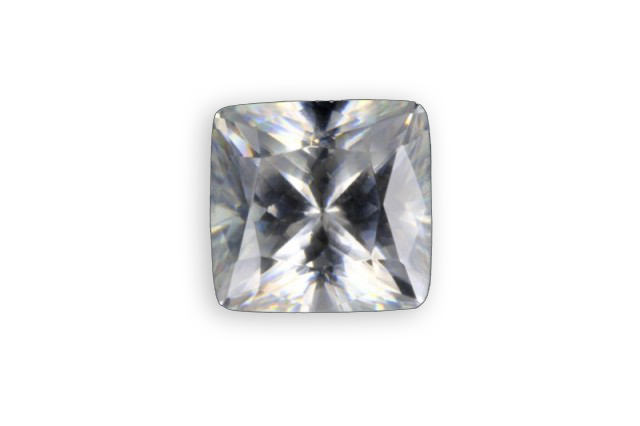
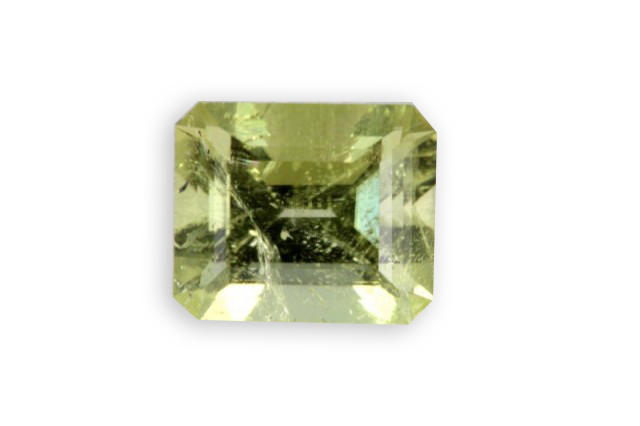
brazilianite
It is its discovery near the town of Conseilheira Pena, in Minas Gerais (Brazil) in 1945 by Pough, which gave its name (Brazil is written Brasil in Brazilian).
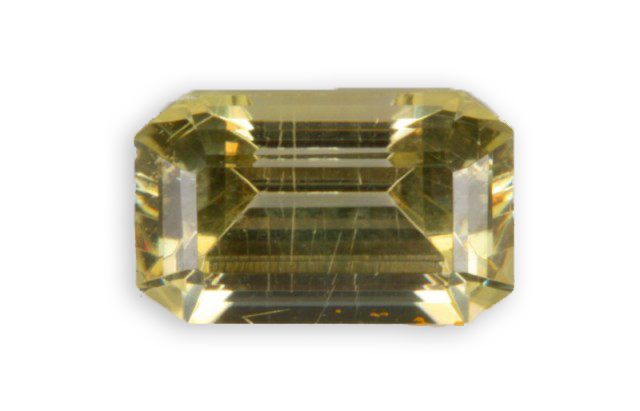
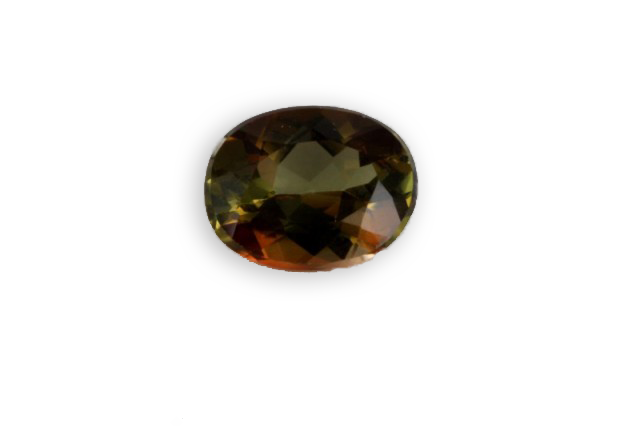
andalusite
Identified by Delametherie in 1798, it was named after a Spanish province, Andalusia, where it was found, near Almeria. Chiastolite the variety, also known as “Stone Cross” is a variety of opaque white to gray andalusite, which comes in elongated prisms which, when cut perpendicular



